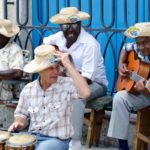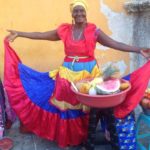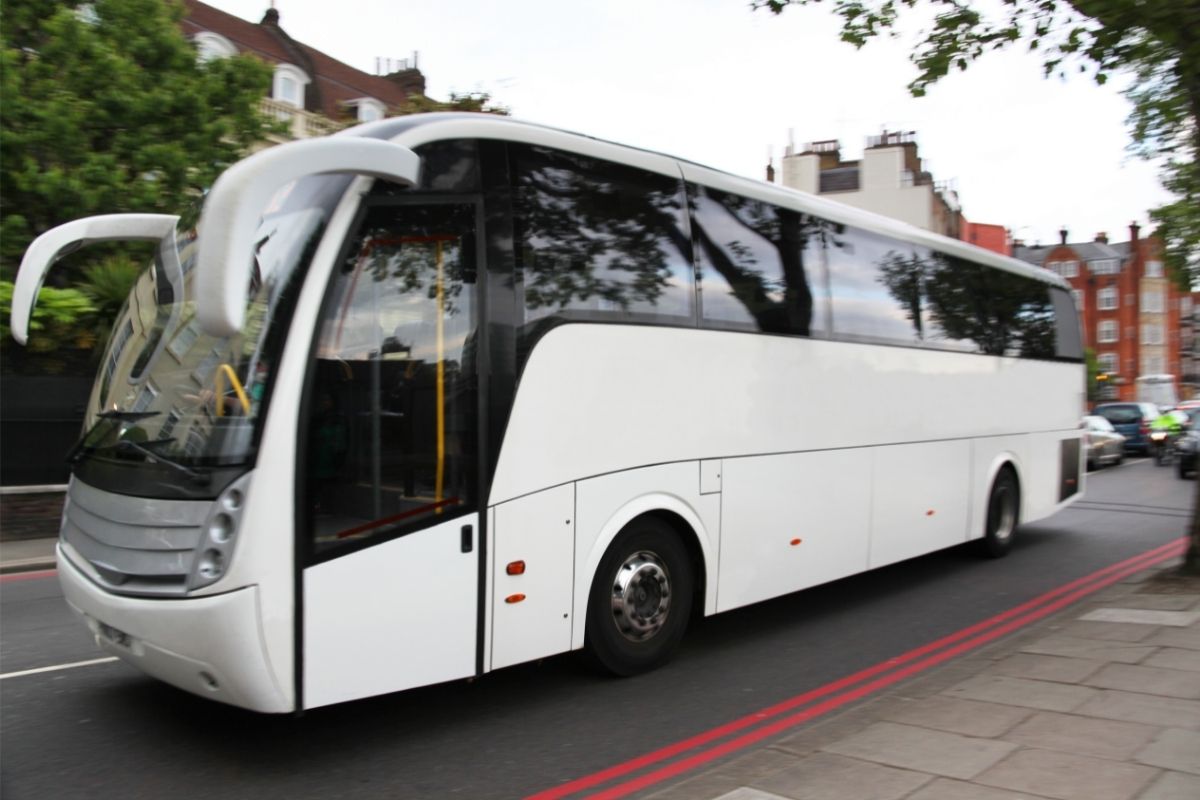Dance is in the very lifeblood of cubans.
It is everywhere and makes up an integral part of Cuban history and tradition.
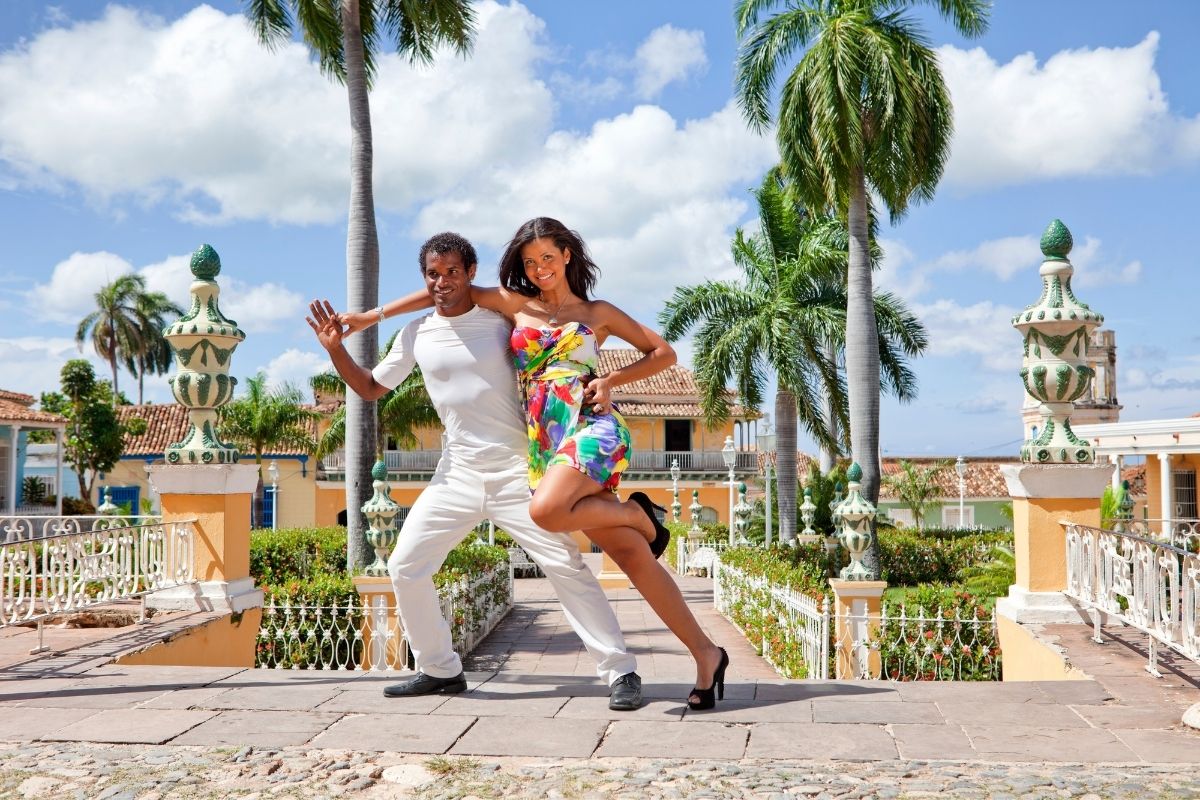
With so many deep rooted dances and styles, it can be hard to figure out what to master and the kinds of dances to learn.
Do not fear! In this article, I’ll be going through 6 of the most popular dance styles that make up the backbone of Cuban tradition and their passion for music and movement.
From hip hop to rumba, Cuban music and dance is diverse and full of life, just as the people themselves are.
As with so many other cultures, the best way to ingratiate yourself into a new place is to embrace the dances!
It really is everywhere you go, and if you want to make the most of Cuba, it’s always fun to get into the groove ahead of time and shake it up every once in a while.
Is dancing really not your thing, even with a Cuban Mojito or two? You should definitely at least try to see a performance of one or two dances whilst you are visiting Cuba.
Whilst there are of course many others that are not on this list, I’ve gathered together six of the Cuban dance styles that you should make a point of enjoying whilst on your trip to Cuba:
Danzon
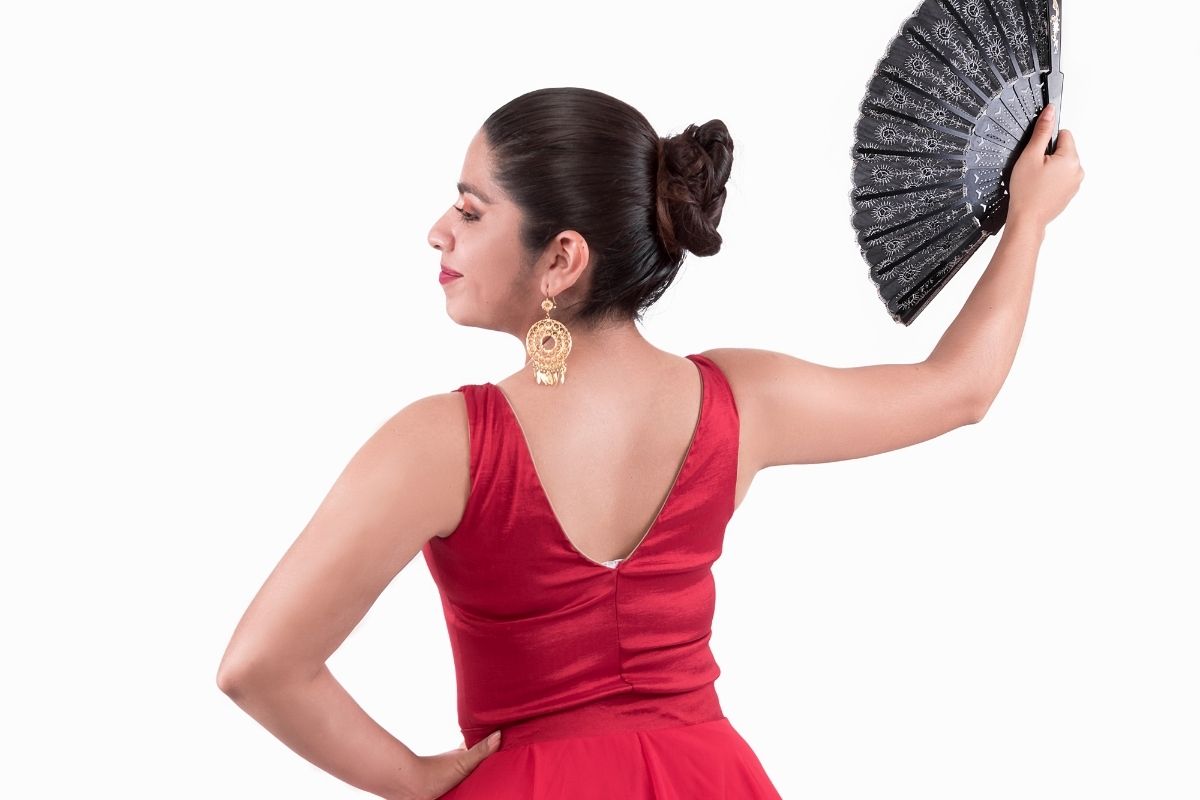
Influenced by the Spanish danza, and other Latin American dancing traditions, the Cuban danzon is the Official dance and musical genre of the island.
However it is also well regarded in Puerto Rico and is popular in Mexico as well.
This is one that is a slow and formal dance, written in 2/4 time.
It is an elegant and set dance that requires formal footwork to the beat mixed together instrumental passages and characterized by couples standing flirtatiously waiting for the beat to come in.
Whilst the traditional danzon had a more delicate nature to it and had more of a slow contradanza element, modern Cuban danzon is far more uptempo.
Danzon can be recognised easily by the fact that it is split into two clear parts.
The first is a short section known as the paseo, and the second is a longer melodic dance.
During the paseo, dancers do just that- they strut and pace around the room, usually drinking, chatting and flirting, all whilst being aware of the music.
This relaxed and informal section of the dance is part of building up to the second part- the melody, where dancers immediately come together as soon as the music changes.
It is a flirtatious and eventful dance that is full of powerful rhythms and the breaks for chatting and flirting mean it makes a great night of both dance and conversation all of which ties into Cuban tradition well.
If you are to explore any Cuban dance, this is the one! It is traditional, full of the vivacity of Cuban life, and a great chance to absorb the culture whilst getting to know those around you.
Rumba
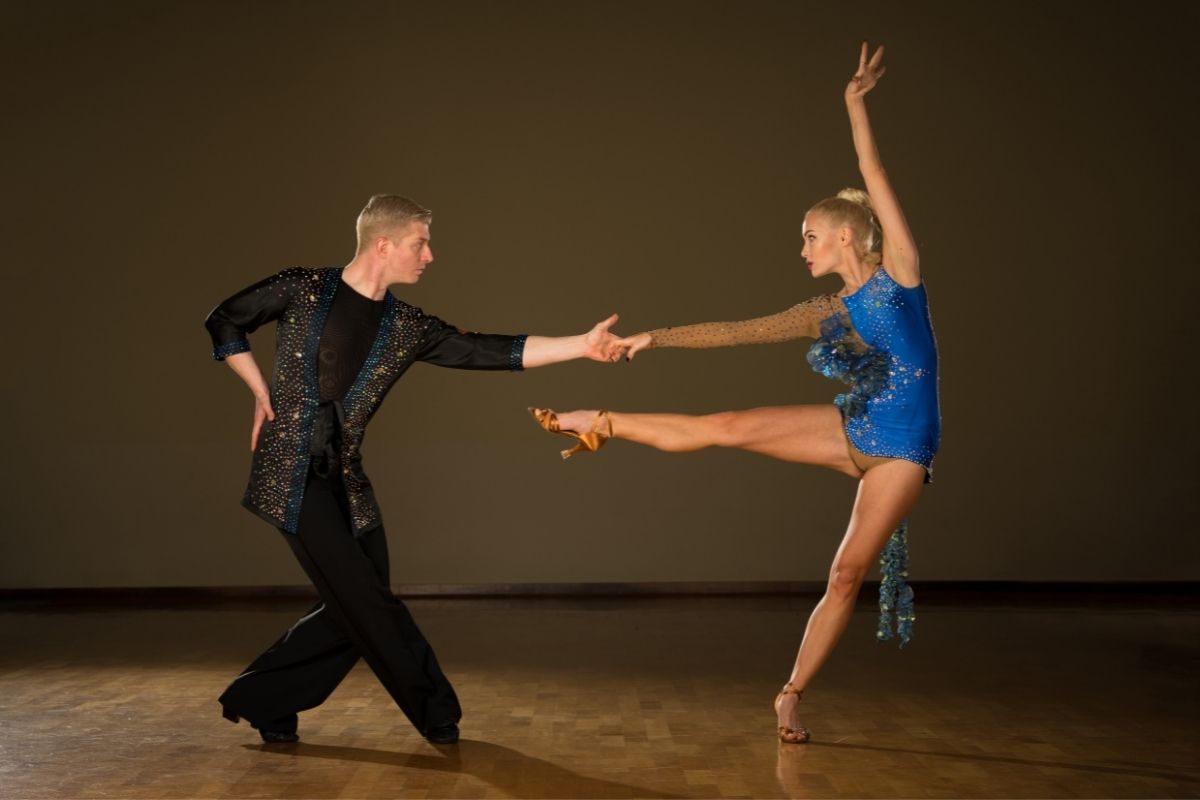
The Rumba is synonymous with Cuba and it’s deep rooted history to the Trans-atlantic slave trade.
Rumba is a genre of Cuban dance that involves singing, clapping, rhythm and percussion.
Due to the large population of slaves on the island during the 19th century.
There were many influences from African music and dance traditions especially yuka and abakua.
Rumba is one of the main genres of Cuban music and there are three traditional forms of the Rumba and many other contemporary versions within the styles.
Traditionally performed by slaves and ex-slaves of African descent, the rumba remains to be one of cuba’s most loved forms of music and dance entertainment.
A lot of Rumba is a song without lyrics, usually melodic syllables and chanting that is replicated in the beats and percussion of the music.
Rumba is a great Cuban dance to explore as it is so varied and full of passion and exciting beats.
Rumba itself is the wonderful amalgamation of both poetry, dance, and music all in one and has grown out of the social circumstances of enslaved Africans and the development of modern Havana.
Son Cubano

Originating in the late 19th Century in Eastern Cuba, this is another Cuban genre of music that blends together the island’s Spanish and African origins.
It is a mix of Spanish guitar and vocal styles blended together with bongos, maracas and Bantu tradition.
Son Cubano developed into a more jazz based form of dancing due to the popularity in the 1930s and 40s of trumpets and big bands.
Combining the elements of Rumba and classic Havana style, Son is an energetic dance that is easily recognizable due to its dramatic pauses and careful footwork.
It can be seen throughout the world and its international success can be traced back to the 1930s where many ballroom adaptations in Europe and North America started to take on some of the elements of Son Cubano and Rumba.
Mambo

Also known as the Danzon-Mambo, Mambo is another Cuban dance that shares the same flair and passion that you’ll see in pretty much every form of Cuban dancing.
Rather less structured than the traditional Danzon or Son, Mambo is all about freedom of movement and expression.
This is the place to move those hips and let out that wild energy to the beating of trumpets and saxophones galore.
The king of mambo himself Benny More was Cuban-born, and the Cuban Mambo is all about energy and attitude, and shaking what your mama gave you.
Taking the US by storm in the post-war late 1940s, Mambo was just about everywhere on the East Coast, and is full of big band riffs and breakdowns, and people moving to whatever the trumpets decide to play.
Mambo is probably the least formulaic or nailed-down Cuban dance, and though all of them are full of passion and energy, the Mambo certainly feels the most freeing.
Salsa
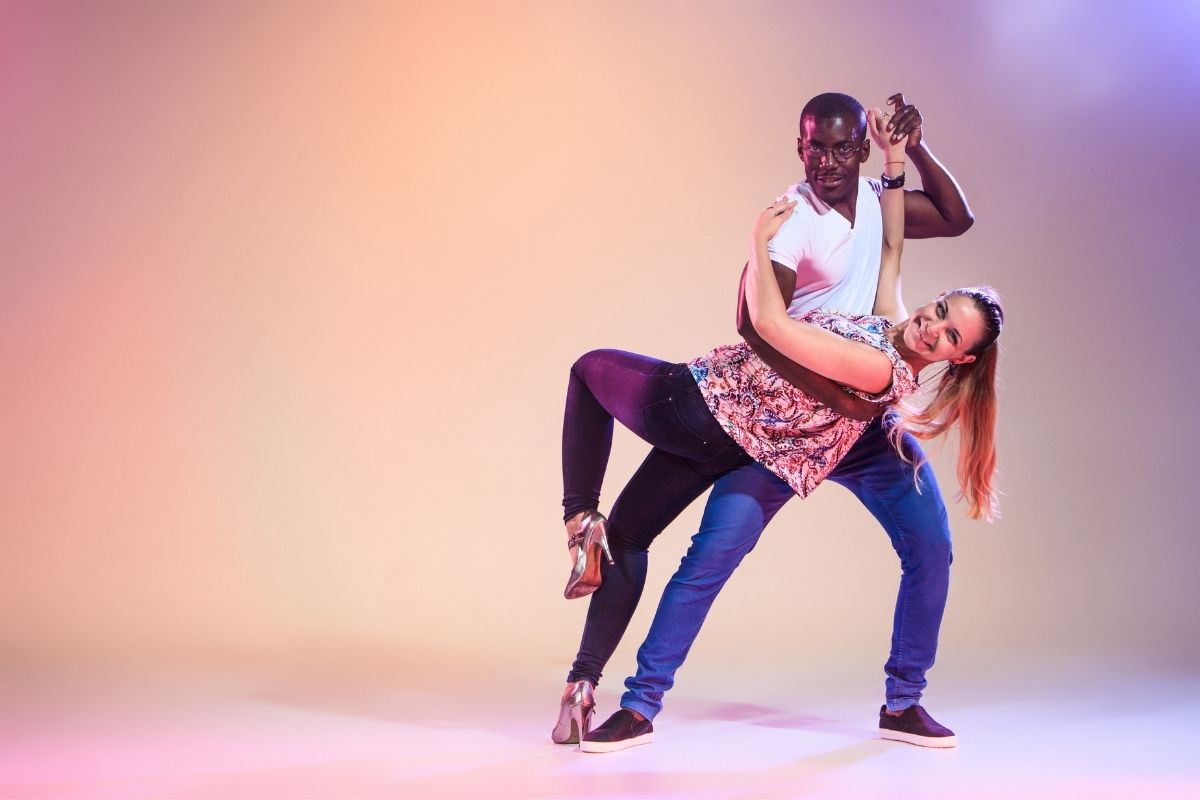
The Salsa can be directly linked to all of the above dance movements.
It has the power of jazz and the freedom of the mambo, but also combines a more structured footwork of early Danzon and Son Cubano.
Salsa is a strong element of all Latin American culture, not just Cuba, and due to its burgeoning popularity from the 1960s and 70s onwards, you can easily find Salsa dance classes all over the world if you want to give it a try before you head out to Cuba!
Hip-Hop
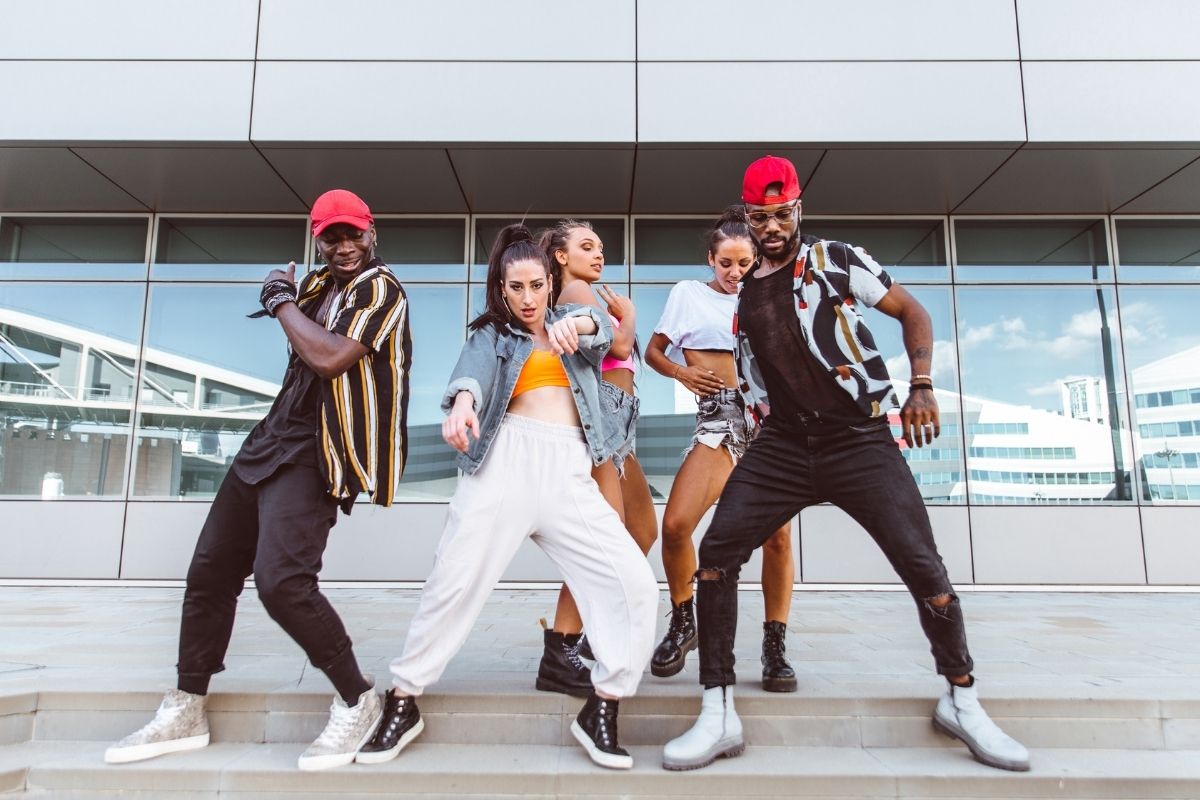
Rap and Hip-Hop came over to Cuba after Miami radio was brought over to the island.
It has been embraced into Cuban culture, though much Cuban rap and Hip-Hop has deep Latin American beats and is rich with the addition of African drums, Spanish elements and electric bass.
As with American Hip-Hop, much rap discusses political points and current events through the music.
Final Thoughts
Whether it is the fast paced art of hip hop and the styles that have grown out of it embracing Cuban beats and elements of salsa, or the passionate and romantic entanglement of a slick and strong Salsa, Cuba is filled to the brim with life and love in the form of dance.
If you are looking for the best way to enjoy local culture and experience life on Cuba the way that the citizens of the island do, you’ve got to let your hair down and embrace the excitement and vivacity of Cuban music.
A night watching Cuban dancers will stay with you for the rest of your life, and their warm and embracing culture is sure to have you enjoying the time of your life.
So get on your dancing shoes and explore what the country has to offer on your next visit!
- What Is The Largest Island In Cuba? - September 19, 2022
- Havana – Why Is It Cuba’s Most Exciting City? - September 19, 2022
- Cheapest Time To Visit Cuba (Ultimate Guide) - September 19, 2022




